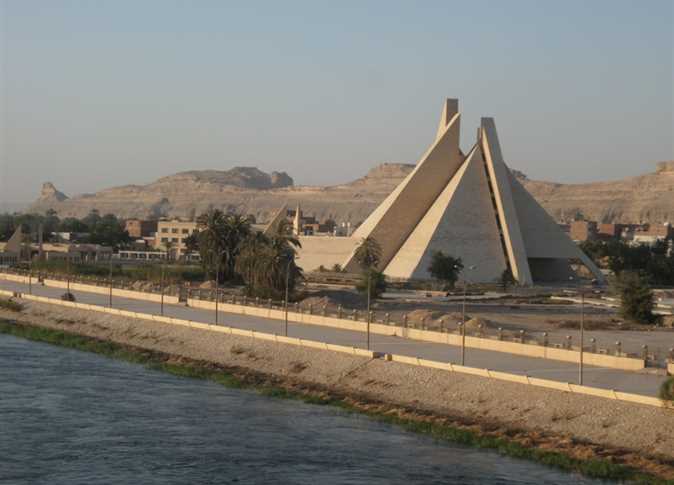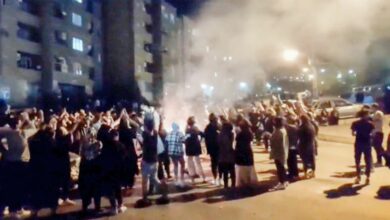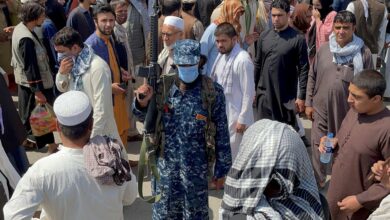The rush to erect a monument to mark the revolution and the martyrs in Tahrir Square is an insult to those who gave their lives for a new Egypt. Those men and women did not sacrifice their lives simply to have their names inscribed on a hastily designed monument in the middle of a traffic circle. They died hoping for real foundational changes in Egypt and the way it is run. Egypt consists of real places where Egyptians live and work: cities, towns and villages. Drafting a new constitution as well as electing a new parliament and president are essential steps for Egypt’s transition to democracy but these alone will not transform our daily lived experiences in the spaces we occupy.
Presidents and parliaments do not decide on how our cities are run and the everyday concerns of citizens: why is Qasr al-Eini street always jammed from 11am-8pm, why do I have to burn my trash on the side of a highway, why do my children have to cross a highway to get to school, why do I not have clean drinking water in Moqattam, why can’t I have a cheap and decent means of public transportation to go to work, why doesn’t government housing have all the necessary spaces for a meaningful working and social life. The president or members of parliament do not manage these issues in Cairo; city government manages them. Monuments to mark momentous events do not have to be made of steel and stone; the most meaningful way to mark the revolution is a complete restructuring of city government. Only then will Tahrir and all Cairo’s squares, streets, neighborhoods and communities become places where the real results of the revolution can be experienced.
Just like our basic human rights should not depend on the whimsy of a president or parliament, the well being of our cities, and I will focus on Cairo, should not depend on the whimsy of a governor who may choose to adopt some pet projects here and there. We need a structurally sound city government that guarantees Cairo and her residents will be the top priority. City government should be elected not appointed. Mechanisms, laws and regulations should be put in place and enforced.
Just like we had a constitution that was flawed, bypassed and broken, laws and regulations that are meant to make Cairo a livable place have been bypassed, broken and ignored as a result of corruption and mismanagement. Urban renewal cannot be top down; instead, mechanisms should be put in place to promote shopkeepers, property owners, and pedestrians to take part in improving their city. For example, tax laws should reward a property owner who wishes to paint his building or repair the structure.
The best cities in the world are the ones where residents are active players in managing their cities. We were effectively robbed of our ability to be active participants in managing our national and urban spaces. As we're beginning to gain control of our country the same must happen with regards to our city and her government. Only then would real urban development take place, and urban renewal be a possibility. Only then will our architects and planners have the opportunities to apply their knowledge to produce not only proposals for monuments but proposals to repair what 40 years of mismanagement has done to Cairo, once a world class city.
It would be a shame for Cairo to emerge from a seismic event like the revolution, which saw the deaths of hundreds of young Egyptians, simply with a monument that plays on emotions. The discussions about creating a monument in Tahrir Square aim to produce an ornament, a decorative piece. No great monument in history was created so hastily after the events it marks. Great monuments that last hundreds of years are telling not only of great events but also of the systems of urban planning from which they emerge. And so I propose creating our Tahrir monument from the bottom, by restructuring the system that manages our city and the institutions that make great cities what they are. Only then will a meaningful monument be erected in Tahrir.
Mohamed Elshahed is a doctoral candidate in the Middle East and Islamic Studies Department at New York University.



